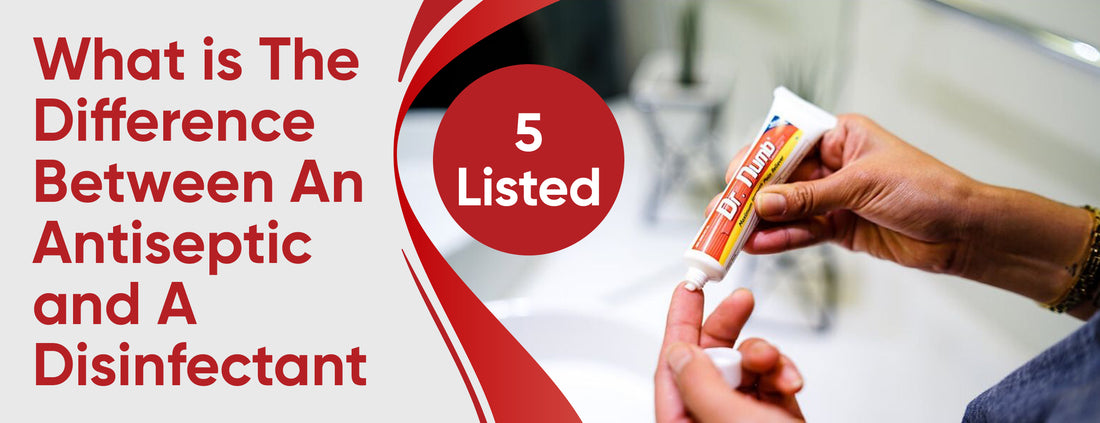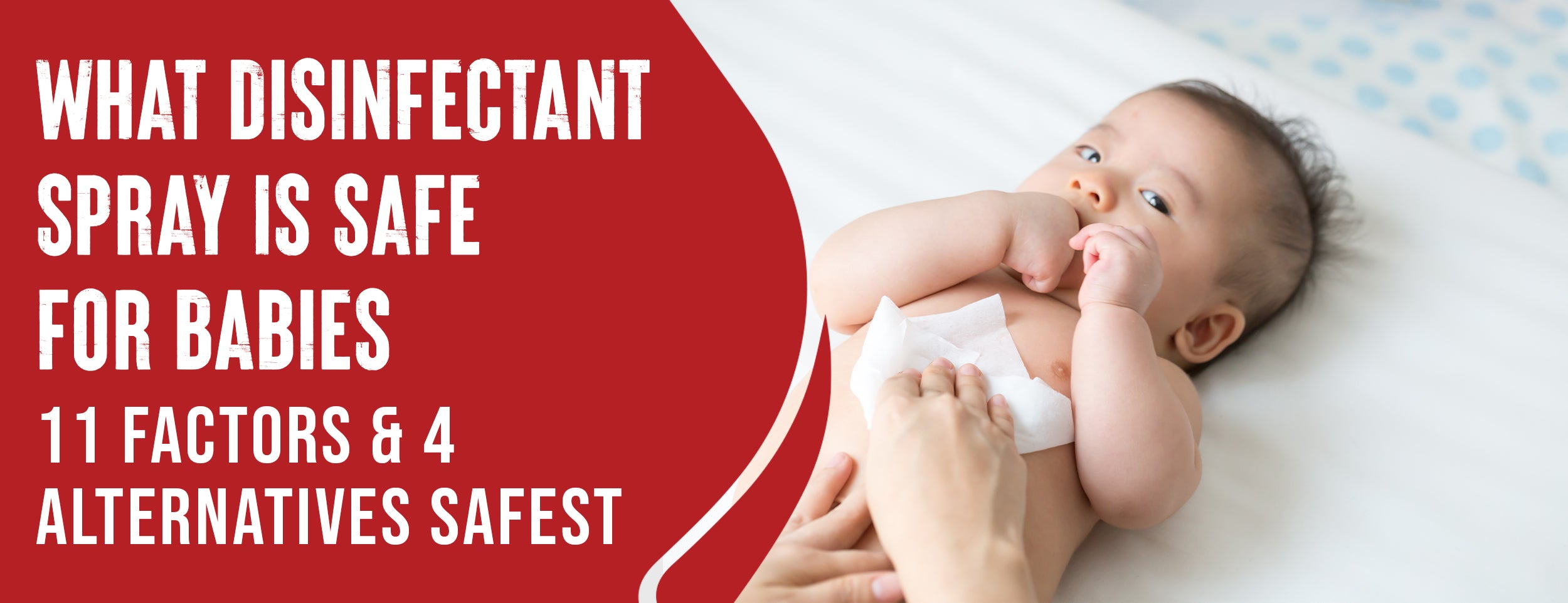The fact that antiseptics are sometimes called disinfectants adds to the confusion. Disinfectants and antiseptics are enormous differences.
Human skin is treated with antiseptics to kill microorganisms on its surface. A disinfectant kills microorganisms on inanimate surfaces, such as countertops and handrails.
We will explore the differences between antiseptics and disinfectants. We will delve into their definitions, applications, concentrations, effectiveness, and safety. By the end of this post, you will have a better understanding of what each term means and how to choose the right one for your needs.
What is The Difference Between an Antiseptic and A Disinfectant: Major 5

It is both a bactericidal and/or a bacteriostatic biocide, but they work differently and serve different purposes. We will examine some critical differences between antiseptics and disinfectants.
Definition
- Antiseptic: Antiseptics are substances applied to living tissues to prevent or treat infections like skin and mucous membranes.
- Disinfectant: To eliminate microorganisms, a disinfectant is a substance applied to nonliving surfaces, such as countertops or handrails.
Application
- Antiseptic: Antiseptics are used for various purposes, such as hand washing, disinfecting mucous membranes, cleaning skin before an operation, treating skin infections, and treating throat and mouth infections.
- Disinfectant: Disinfectants are used to sterilize medical equipment, clean hospital environments, disinfect household items, and purify water.

Concentration
Antiseptic: Antiseptics usually contain lower concentrations of chemical agents, called biocides, that can kill or stop the growth of microorganisms than disinfectants. This is because antiseptics must be gentle enough not to damage living tissue or cause irritation or allergic reactions.
Disinfectant: Disinfectants usually contain higher concentrations of biocides than antiseptics do. This is because disinfectants must be strong enough to eliminate microorganisms on nonliving surfaces or in water.
Effectiveness
- Antiseptic: Antiseptics have different levels of effectiveness against different types of microorganisms. Some factors that affect their effectiveness are the type and number of microorganisms present, the amount and duration of exposure, the temperature and pH level, and the presence of organic matter.
- Disinfectant: Disinfectants are effective against different types of microorganisms. Their effectiveness is affected by the same as antiseptics, plus the type of surface or water disinfected and the application method.
Safety

- Antiseptic: Antiseptics can cause skin irritation or allergy in some people, especially if used too often or for too long. Antiseptics can also cause eye damage if they splash into the eyes or are used to treat eye infections. Antiseptics can cause serious harm if they are inhaled or ingested.
- Disinfectant: Disinfectants cause irritation or allergy if they come in contact with the skin accidentally or intentionally. Disinfectants can also damage the eyes if they splash into them. Disinfectants are dangerous if inhaled or ingested. Disinfectants can negatively affect the environment if they are not disposed of properly.

Conclusion
Antiseptics and disinfectants are essential in maintaining cleanliness and preventing infection. While their similarities in function may seem confusing, it’s essential to recognize the significant differences between them and their applications. Choosing the suitable biocide for the job is crucial, as using them inappropriately can lead to detrimental side effects.
Safety should always be a top priority when using these substances. Following the recommended guidelines for usage and being aware of possible side effects is crucial to prevent any risks to yourself or your environment.
Remember, an antiseptic is for living tissue, while disinfectants are for non-living surfaces. Now that you have a better understanding of these chemicals, you can make an informed decision on which to use and how to use them. You can contact us with any feedback or questions you may have.










